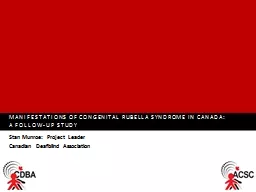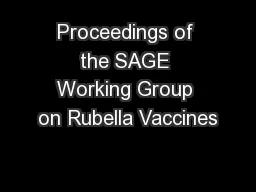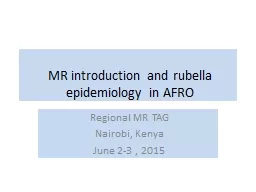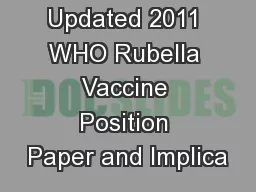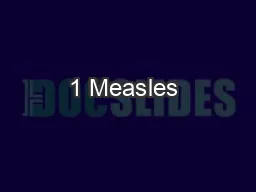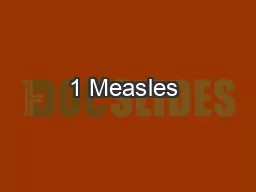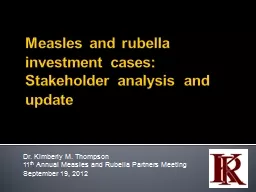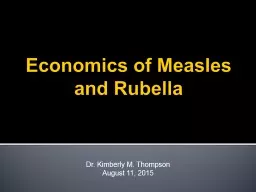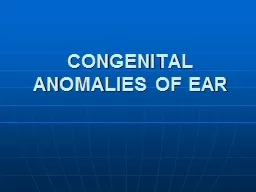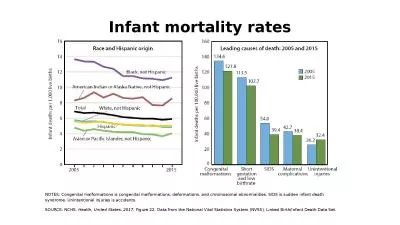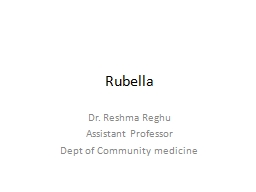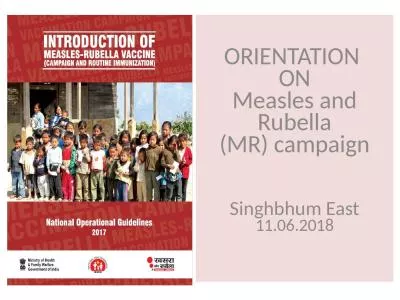PPT-Manifestations of Congenital Rubella Syndrome in
Author : yoshiko-marsland | Published Date : 2018-02-15
Canada A FollowUp Study Stan Munroe Project Leader Canadian Deafblind Association Manifestations of Congenital Rubella Syndrome in Canada Study Purpose and Objectives
Presentation Embed Code
Download Presentation
Download Presentation The PPT/PDF document "Manifestations of Congenital Rubella Syn..." is the property of its rightful owner. Permission is granted to download and print the materials on this website for personal, non-commercial use only, and to display it on your personal computer provided you do not modify the materials and that you retain all copyright notices contained in the materials. By downloading content from our website, you accept the terms of this agreement.
Manifestations of Congenital Rubella Syndrome in: Transcript
Download Rules Of Document
"Manifestations of Congenital Rubella Syndrome in"The content belongs to its owner. You may download and print it for personal use, without modification, and keep all copyright notices. By downloading, you agree to these terms.
Related Documents

